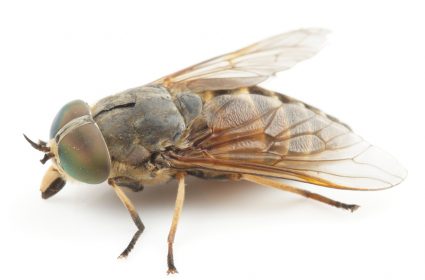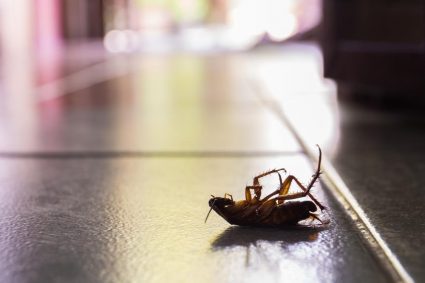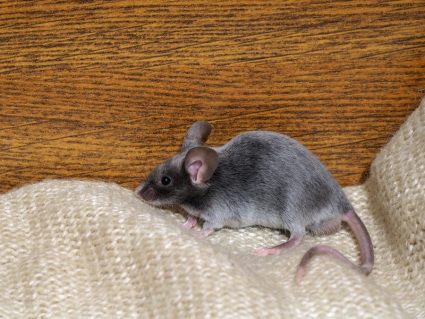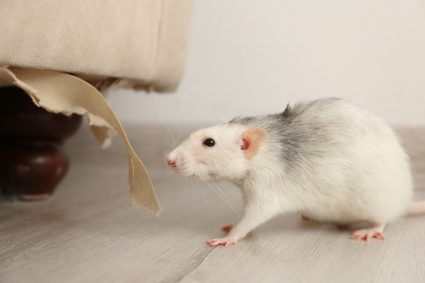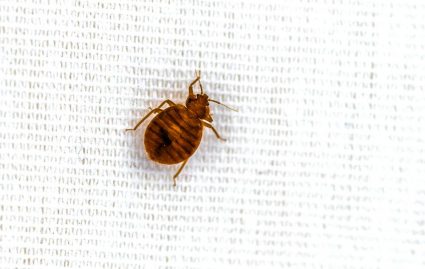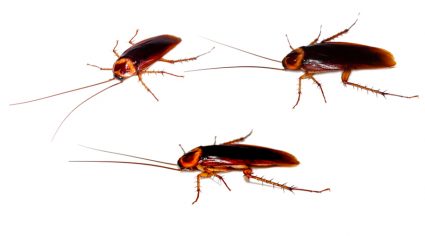
Moth infestations can be a nightmare for homeowners, especially when the larvae start munching on clothes, carpets, and pantry goods. One of the methods often suggested for controlling moth larvae is using salt. But, does salt kill moth larvae? Let’s unravel this mystery with an in-depth look at the science behind it.
The Effect of Salt on Moth Larvae
Contrary to popular belief, salt does not directly kill moth larvae. While salt can affect the life cycle of certain insect species, there is no concrete scientific evidence to suggest that it is an effective method for killing moth larvae or preventing infestations.
For instance, a study on the cotton bollworm, Helicoverpa armigera, found that dietary sodium affected larval body weights, performance, and flight strategies. Another study on the damselfly Lestes macrostigma, observed that with increasing salinity, the growth rate of larvae decreased, and they took longer to emerge and did so at a smaller size. However, these effects vary depending on the species and specific environmental conditions.
The Downside of Using Salt
Using salt to kill moth larvae may not be effective, and there are potential risks and downsides associated with it:
- Ineffectiveness: Salt may not be sufficient to eliminate moth larvae as they require Vitamin B and various salts as essential nutrients.
- Damage to materials: Salt can be corrosive, causing damage to fabrics, carpets, and metals.
- Residue: Salt can leave a residue, which may be difficult to clean and could attract moisture, leading to potential mold and mildew issues.
- Environmental concerns: Excessive use of salt can lead to soil and water contamination.
Safer and More Effective Alternatives
There are safer and more effective methods to control moth larvae infestations:
- Cedar chips: Cedar is a natural moth deterrent and can be used to protect your closet’s contents from insects.
- Lavender sachets: Lavender is believed to repel moths. Place dried lavender in small cloth bags and hang them in your closet or storage areas.
- Diatomaceous earth (DE): DE is a natural, non-toxic powder that can be sprinkled around infested areas to control moth larvae.
- Freezing: Placing infested items in a sealed plastic bag and freezing them for at least 48 hours can kill moth larvae and eggs.
- Heating: Exposing infested items to high temperatures (around 120°F or 49°C) for at least 30 minutes can also kill moth larvae and eggs.
- White vinegar: Wiping down surfaces with white vinegar may kill moth eggs and larvae due to the change in pH levels on surfaces.
- Proper storage: Store clothes in moth-proof storage bags to prevent moth infestations.
- Regular cleaning: Regularly vacuum and clean your closet and storage areas to remove any moth larvae and eggs.
Conclusion
While the effect of salt on moth larvae may vary depending on the species and environmental conditions, it is not recommended as an effective method to kill moth larvae. Instead, a combination of regular cleaning, proper storage, and targeted treatments can help control and prevent moth infestations.
Remember to always consult with a pest control professional if you’re dealing with a severe infestation, as they have the tools and knowledge to deal with the problem effectively and efficiently.
Frequently Asked Questions
Can moth larvae be harmful to humans?
Generally, moth larvae are not harmful to humans. However, some people might have allergic reactions to the larvae or the waste they leave behind.
Can moth larvae infest all types of fabric?
Moth larvae prefer natural fibers like wool, silk, cotton, and fur. They are less likely to infest synthetic materials unless they are blended with natural fibers or are heavily soiled.
How long does it take for moth larvae to turn into moths?
The time it takes for moth larvae to turn into moths can vary greatly depending on the species and the environmental conditions, but it usually ranges from a few weeks to a few months.
Are mothballs an effective solution for moth larvae infestations?
Yes, mothballs can kill moth larvae. However, they contain chemicals that can be harmful to humans and pets, so they should be used with caution.
Is it possible for moth larvae to infest areas other than closets?
Yes, moth larvae can infest any area where they have access to their preferred food sources, which include wool, silk, fur, and even stored food products such as grains and cereals.
Can moths or their larvae infest outdoor furniture or other items?
Yes, certain types of moths and their larvae can infest outdoor items, particularly those made of natural fibers. Regular cleaning and maintenance can help prevent such infestations.

